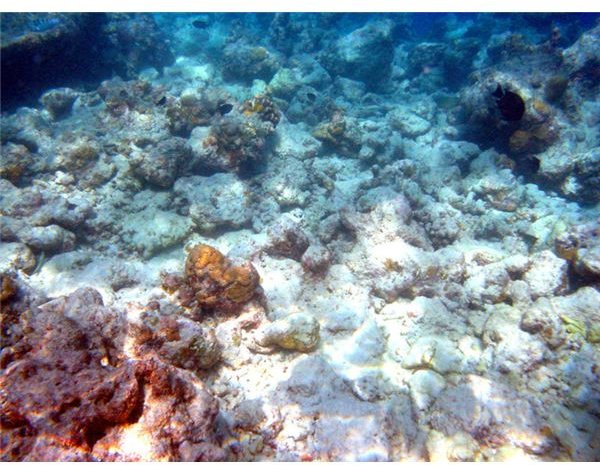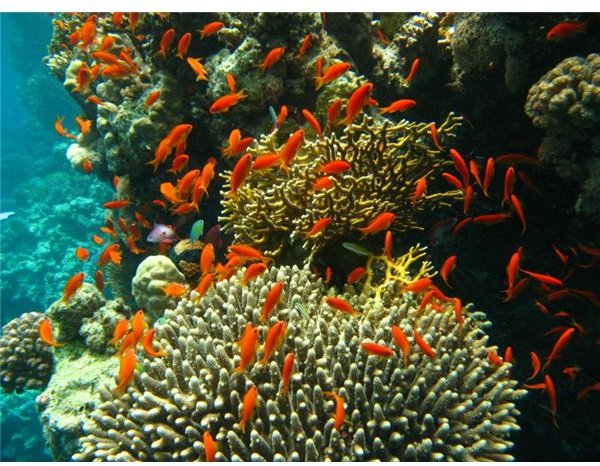What is Coral Bleaching? Learn the Causes & Effects of Coral Bleaching
With the fragile state of the ocean’s eco system and important of coral to the surival of the overal all ecosystem, coral bleaching is of great concern. Coral bleaching is the process which causes coral to lose its color and eventually die.
Causes of Coral Bleaching
The majority of the color found in coral comes from zooxanthellae algae. These microorganisms live within the skeleton of the coral, providing pigment to the otherwise white structure. The pigmentation of these algae comes from the fact that they are photosynthetic. The algae living in the coral provides a mutually beneficial relationship for the two animals and the dozens of others that call the coral reefs their home. Below is an example of a healthy coral reef verses bleached coral. Two different things can contribute to the stress of coral causing coral bleaching. The effects of El Nino and La Nina weather situations and global warming are issues that stress coral and lead to the loss of pigment.

When coral senses the photosynthesis is occurring too fast, it normally expels some of the zooxanthellae algae and loses some of its color. This is not considered coral bleaching. When a coral becomes too stressed, it will expel too much of the zooxanthellae algae at one time and causes a loss of color. This is most commonly seen in aquarium type environments but holds true to ocean coral as well.
Coral Bleaching Effects
Coral bleaching may not seem as though it would be a major issue, but it can cause a number of negative effects on the ecosystem such as: change in ocean currents, relating to changes in phytoplankton and zooplankton populations, changes in water temperatures (increase or decrease), increases or decreases in water salinity (the salt content), increases or decreases in the air temperatures, build of of greenhouse gases like carbon dioxide and methane, water turbulence, exposure to higher levels of light, sedimentation, and exposure to increased UV rays.
It is important to care for the enivornment as even minor changes to reduce global warming will play a role in the reduction of coral bleaching. When microorganisms are affected, many creatures of different ecosystems are affected and and therefore it creates a chain reaction of events.
